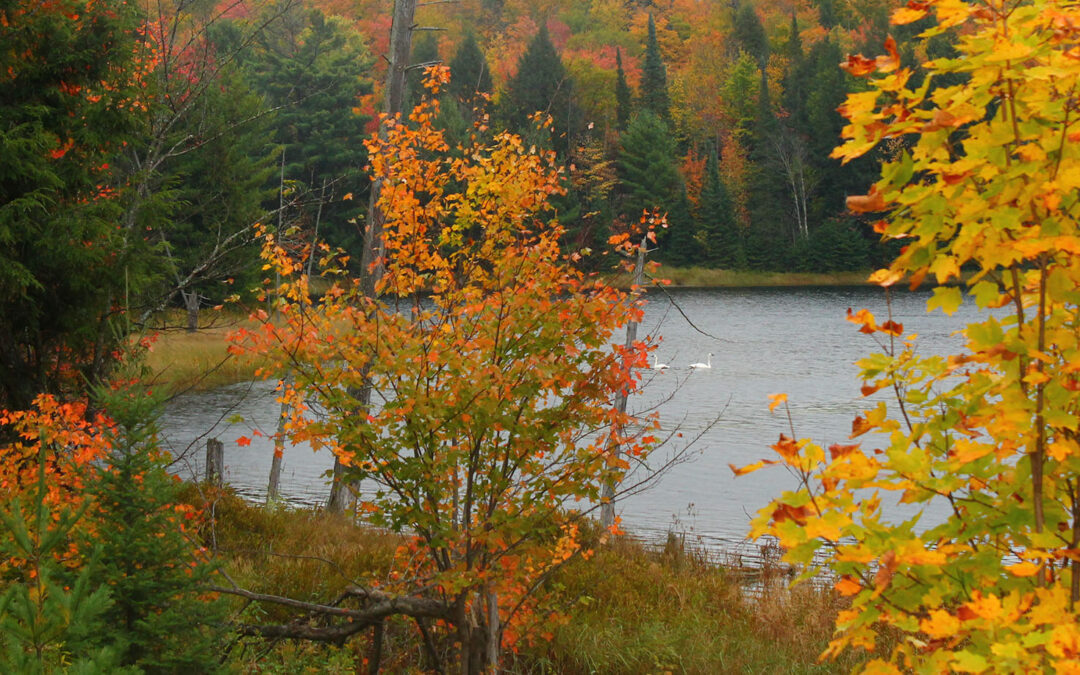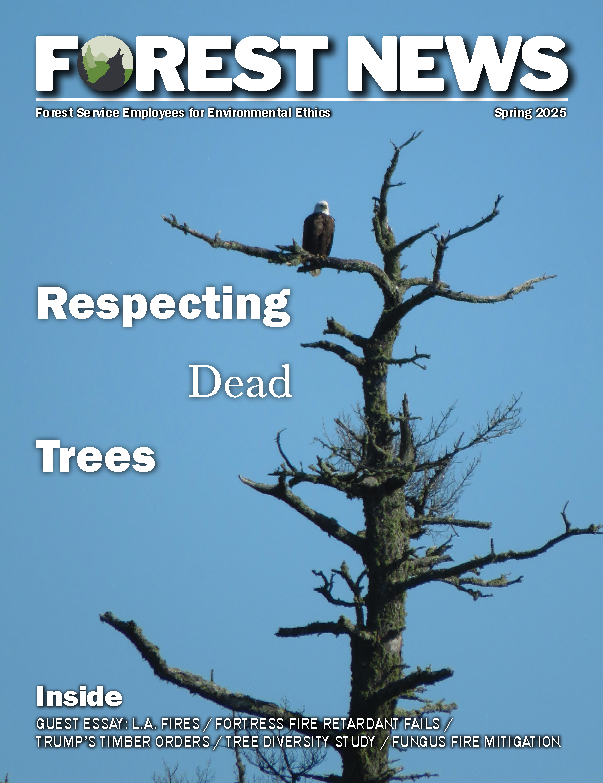Various studies have shown that forests act as a buffer to climate extremes, creating micro-climates that support forest resilience and biodiversity. The authors of a new study, “Tree Diversity Increases Forest Temperature Buffering via Enhancing Canopy Density and Structural Diversity,” note that the “effect of tree diversity on temperature buffering in forests is largely unexplored.”
During a large-scale six-year study, the researchers found that “tree species richness increases forest temperature buffering,” strengthening protections against both extreme heat and extreme cold.
While “other mechanisms that cause positive biodiversity-ecosystem functioning relationships in forests … are all species-specific,” the authors of this report conclude, “Temperature buffering emerges from the community as a whole.”
The authors documented “a considerable magnitude” for this positive effect on temperature extremes when comparing a forest monoculture to forest with 24 different species.
Mixed forests cooled temperatures by 7.9°F (4.4°C) more than single-species forests in peak summer months and stayed 2°F (1.1°C) warmer in winter.
“This buffering effect of tree species richness was mediated by enhanced canopy density and structural diversity in species-rich stands,” leading the researchers to recommend “safeguarding and planting diverse forests.”
Photo: Fall foliage reveals tree diversity in Ottawa National Forest. A recent report shows tree species diversity improves a forest’s ability to attenuate temperature extremes (Forest Service photo).


